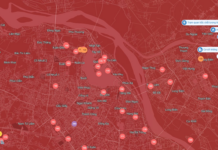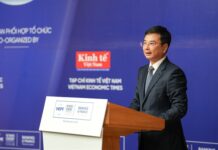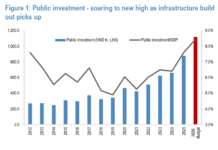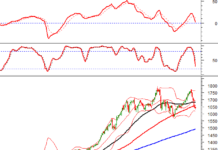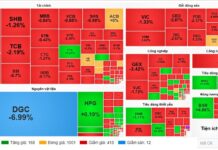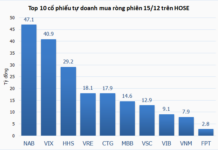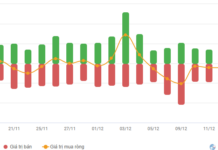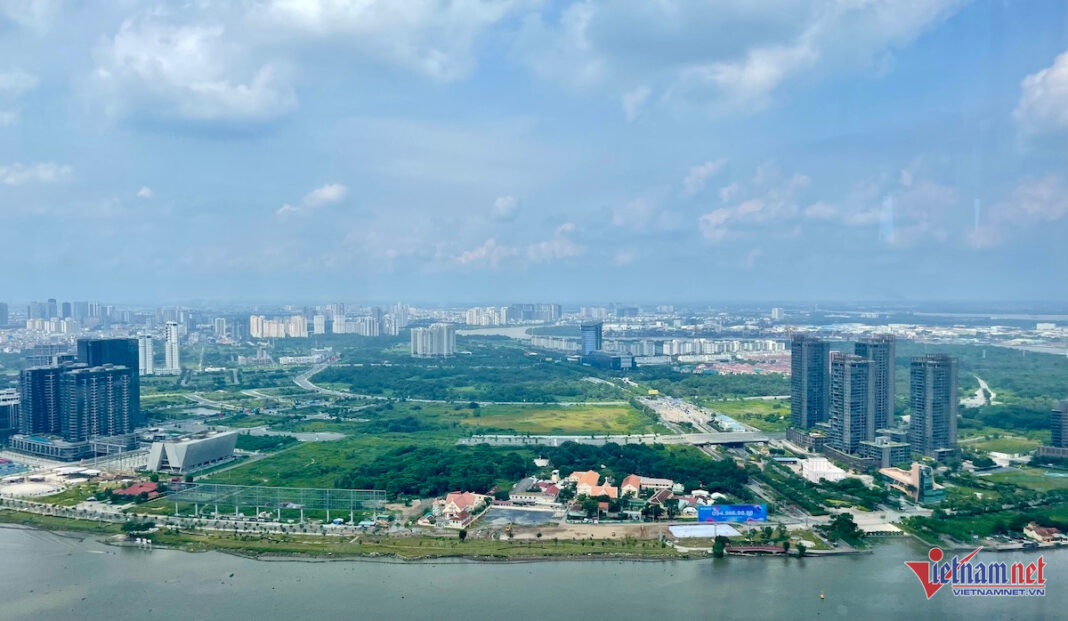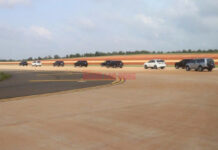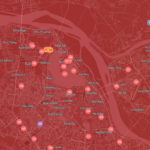HCM City’s agricultural land prices expected to increase nearly three times faster than residential land prices
How are land prices determined for the 577 new routes?
The Department of Natural Resources and Environment (TN-MT) of Ho Chi Minh City has recently clarified some concerns regarding the adjustment of land prices according to Decision No. 02/2020, which is the current land price framework.
There have been speculations that Ho Chi Minh City is in the process of implementing a new land price framework. However, the TN-MT Department stated that this information is not entirely accurate. According to the 2024 Land Law, the land price framework will be initially constructed and announced for implementation from January 1, 2026, onwards. Subsequently, this land price framework will be adjusted annually and applied from the following year’s January 1.
At present, the department is working on adjusting the current land price framework to align with the city’s land price situation, in accordance with Article 257, Section 1 of the 2024 Land Law. The adjusted land price framework will be effective from August 1 to December 31, 2025.
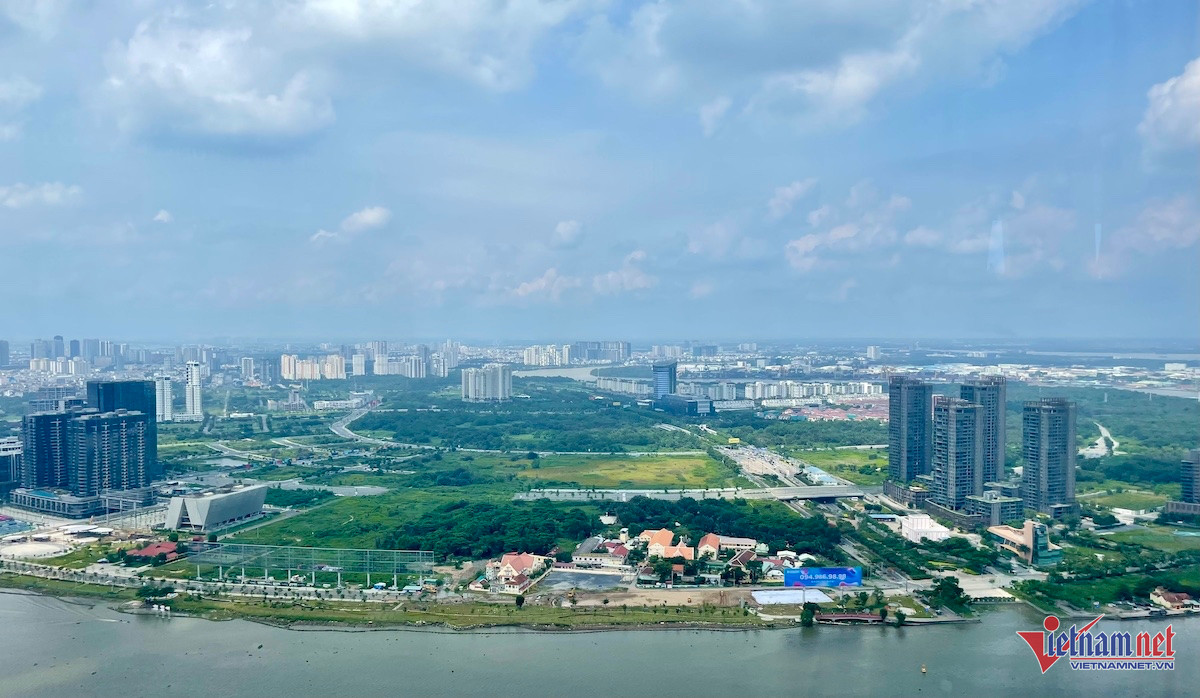 Ho Chi Minh City is about to issue an adjusted land price framework to be applied from now until the end of 2025. Photo: Anh Phuong |
The current land price framework has three limitations: it is constrained by the land price range, the land price adjustment coefficient (K coefficient), and it does not include updated resettlement land prices. This framework can only be used as a reference for administrative procedures in six cases of land use.
In contrast, the land price framework outlined in the 2024 Land Law serves as a basis for handling procedures in 12 cases of land use. Among these, seven cases are entirely new compared to the previous Land Law.
According to the TN-MT Department, the adjusted land prices are derived from specific land prices approved by the People’s Committees of districts and towns, as well as successful market transactions provided by land registration agencies and tax authorities.
Subsequently, the consulting unit will collaborate with local authorities to synthesize and finalize the survey data, collect information, and apply the comparison method to adjust land prices for each route.
Adjustment Principles: Compared to the current land price framework, the adjusted framework includes 557 new routes, bringing the total number of routes to 4,565. For these new routes, the consulting unit employed the comparison method as stipulated in the 2024 Land Law to determine land prices. Similarly, the 4,008 routes that previously had assigned prices also utilized the comparison method, taking into account actual transaction data from the last two years.
As a result, the adjusted land prices show an increase of about seven times compared to the current land price framework. However, when applying the current framework, the K coefficient must be taken into account, which means the actual increase is approximately 2.5 times.
Agricultural Land Prices to Surge, with a Maximum Increase of 35 Times in Some Areas
According to the TN-MT Department, the adjusted land price framework, which is about to be issued, reveals that agricultural land prices in Thu Duc City have risen to a range of VND 4.5-6.7 million/m2, reflecting an increase of 20.3 to 30.6 times compared to the current framework.
In the remaining eight districts (District 7, 8, 12, Binh Tan, Binh Thanh, Go Vap, Tan Binh, and Tan Phu), agricultural land prices are adjusted to a range of VND 5.5-9.9 million/m2, representing a surge of 33 to 35 times. In the four outlying districts, agricultural land prices have increased to a range of VND 380,000 to VND 3.6 million/m2, indicating a rise of 3.6 to 15.7 times.
 An area with a significant amount of agricultural land in Ho Chi Minh City. Photo: Anh Phuong |
Some have expressed concerns that the land price adjustments will impact real estate businesses and lead to an increase in housing prices. In response, the TN-MT Department clarified that land use fees for real estate projects are calculated using the surplus method. Regardless of whether the appraised land price is higher or lower than the price in the framework, no adjustments are required.
The anticipated increase in agricultural land prices is expected to reduce the difference in land rent, resulting in more transparent, publicly disclosed, and reasonable deductions for real estate businesses when paying land use fees.
Moreover, there are concerns that the land price adjustments will affect businesses in production and trading activities, as land prices are one of the input costs for enterprises. The TN-MT Department explained that the application of the adjusted land price framework will impact two cases: land use tax calculation and annual land rent calculation. In principle, land prices are market-based and reflect market prices. Therefore, if land prices increase, businesses’ input costs will also rise accordingly.
Land Use Tax Calculation: According to the Law on Tax on Non-Agricultural Land Use, the land price framework for calculating this tax remains stable for a five-year period starting from January 1, 2012. The current land price framework is in its third cycle and will conclude in December 2027. The new land price framework will only come into effect from January 1, 2028, hence, the adjusted land price framework will not impact the non-agricultural land use tax until the end of 2027.
Annual Land Rent Calculation: In Ho Chi Minh City, the land rent rate is typically set at 1-2% of the land price. However, Decree 103/2024, which takes effect on August 1, stipulates a land rent rate ranging from 0.25% to 3% of the land price. To prevent disruptions in production and business activities and to facilitate economic recovery and growth, the People’s Committee of Ho Chi Minh City will adjust the tax rate accordingly to match the city’s practical situation during the process of developing relevant legal documents.
Anh Phuong – Ho Van
The Magic of Three: Unveiling the Art of Timely Land Valuation in Vibrant Ho Chi Minh City
The Ho Chi Minh City authorities are set to embark on a research-led journey to evaluate land prices in areas with limited infrastructure and socio-economic conditions. This proactive approach aims to shed light on the intricate balance between land values and the surrounding environment, a pivotal yet often overlooked aspect of urban development. By delving into this nuanced relationship, the city aspires to make informed decisions that foster equitable growth and a vibrant urban landscape.



